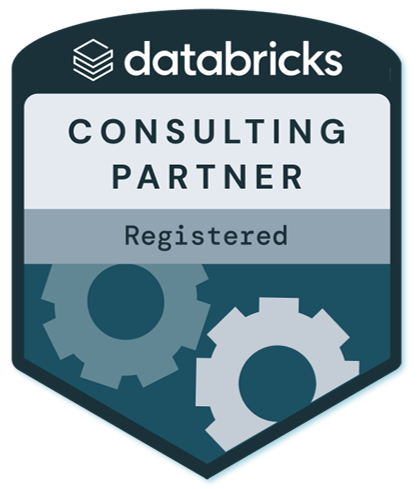What Is NPS and Why Does It Matter to Us?
NPS, or Net Promoter Score, is an internationally recognized metric that measures how likely customers are to recommend a company to others.
This year, our NPS score is 88, reflecting the strong trust our customers place in us and showing that our collaborative way of working is also visible in the customer experience. It’s an excellent improvement from last year’s good result, 81, and above all, it tells us that our customers find working with us valuable and smooth. We want to thank our customers for their partnership and valuable feedback.
NPS is based on a simple question:
How likely are you to recommend Etlia to a colleague or business partner on a scale of 0–10?
(1 = not at all likely, 10 = extremely likely)
Based on their responses, customers are divided into three groups:
- Promoters (9–10): customers who are likely to recommend us to others
- Passives (7–8): satisfied, but not actively recommending
- Detractors (0–6): customers who would not recommend us
The final NPS score is calculated by subtracting the percentage of detractors from the percentage of promoters. The average NPS for IT companies in the Nordics is 38.8 (Trustmary, 2024) — making Etlia’s 88 an exceptional result by industry standards.
How We Measured Customer Satisfaction This Year
We sent the NPS survey to all customers we have worked with during the current year. The survey was open for a set period, and from the beginning, we clearly communicated the closing date.
At Etlia, transparency in how we measure and communicate our NPS results is important — trust is built not only on what we deliver, but also on how we act. The survey was confidential, allowing customers to give feedback openly.
Here are a few examples of the feedback we received in open comments:
“Extremely professional people and very pleasant to work with.”
“Collaboration has been smooth and transparent all the time.”
“Thank you for co-operation!”
Continuous Improvement and Shared Practices Behind the NPS Result
One of the key factors behind our improved NPS is our internal Common Ways of Working knowledge base, which helps us continuously learn and improve together.
Common Ways of Working is an internal document of best practices that we have been developing and maintaining together for several years. It collects practical insights, effective work methods, and project learnings that we want to share within the team.
In practice, we review the document together every other week during internal meetings. During these sessions, we decide who will next take responsibility for reviewing and developing specific sections. Each consultant is also periodically encouraged to add new observations, suggestions, or comments to existing entries.
The goal is not only to document knowledge but to build a shared understanding of what truly works. By openly sharing our learnings, we continuously improve both our ways of working and our customer experience.
And ultimately, this great NPS result belongs to all of us. It’s a shared success that reflects every Etlian’s commitment to doing things well and putting the customer’s interests first.
Our gratitude goes to both our customers and our team — together, we turn data into truly business-enabling solutions.
Looking Ahead
We are grateful to every customer who took the time to answer our survey. The feedback we receive means more to us than just a number — it’s a direction that helps us reflect on our work: where we’ve succeeded and where we can continue to grow.
Although an NPS of 88 is an achievement we’re proud of, it’s not the finish line. It’s an important motivator for us to continue with the same curiosity and drive for improvement that have helped us build long-term, trusted customer relationships.








